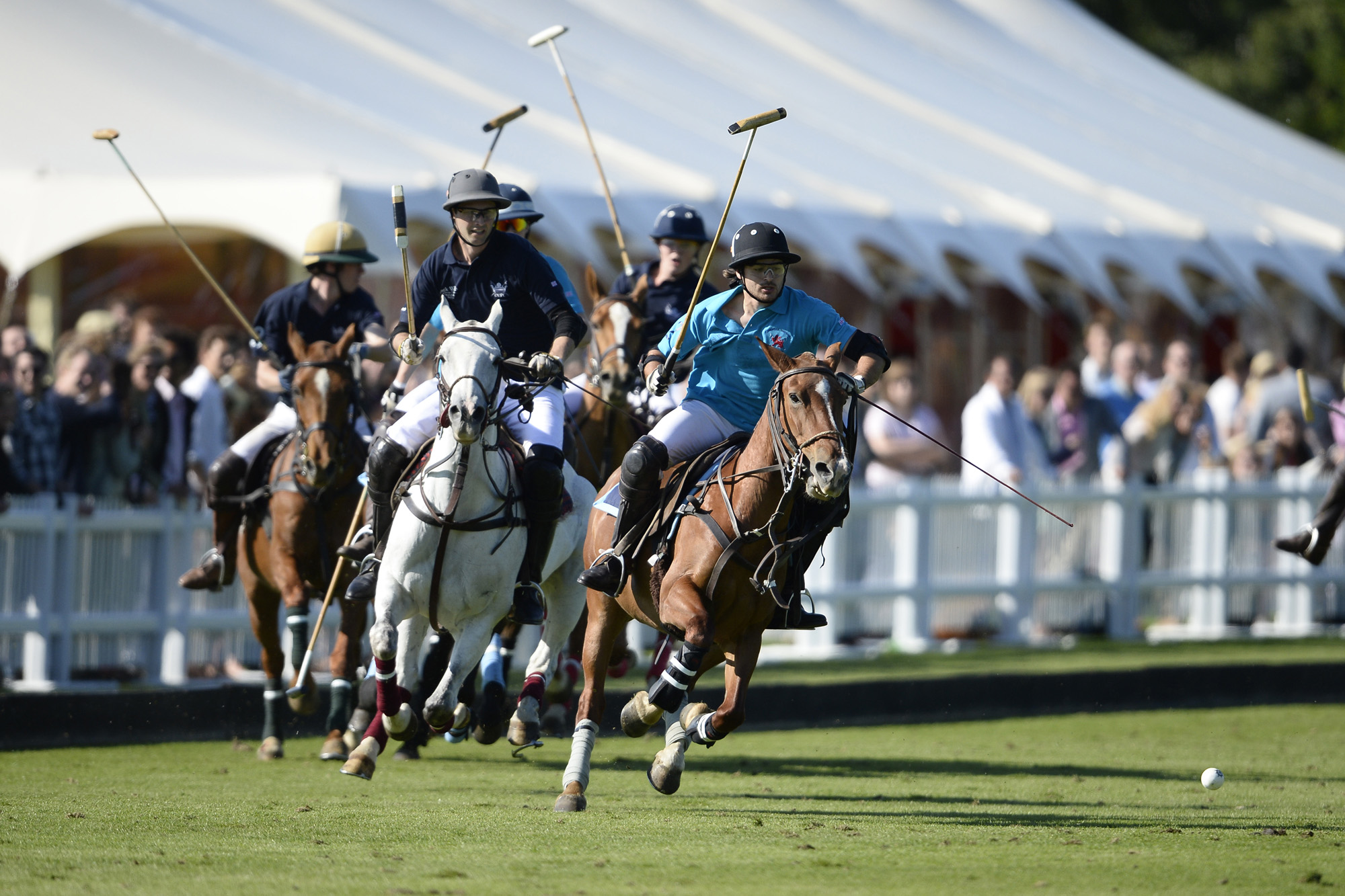How to play polo
- Introduction to Polo
- Understanding Polo Rules: Part 1
- Understanding Polo Rules: Part 2
Understanding Polo Rules: Part 1
Understanding the Penalty Rule in Polo

Equestrian team sport.
In the sport of Polo, penalties are an integral part of the game. They ensure fair play and maintain the safety of both the players and the horses. This article will provide a comprehensive overview of the penalty rule in Polo, including the different types of fouls, the penalty system, and common penalties and their consequences.
Types of Fouls
In Polo, fouls are primarily related to the violation of the 'Right of Way' rule or any action that endangers the safety of the players or horses. Here are some common types of fouls:
-
Crossing the Line of the Ball: This is the most common foul, where a player crosses the path of the ball, obstructing an opponent who has the right of way.
-
Riding into an Opponent: This foul occurs when a player rides into an opponent from an angle greater than 45 degrees, which is considered dangerous.
-
Hooking Above the Shoulder: While players can hook an opponent's mallet to prevent them from hitting the ball, doing so above the level of the shoulder is considered a foul.
-
Striking a Horse: Accidentally or intentionally striking a horse with the mallet is a serious foul.
The Penalty System
The penalty system in Polo is designed to penalize the offending team by providing the fouled team with a free hit towards the goal. The severity and location of the foul determine the distance of the free hit. Penalties are numbered from 1 to 10, with Penalty 1 being the most severe.
- Penalty 1: Automatic goal awarded to the opposing team, and the player may be sent off.
- Penalty 2: A free hit from 30 yards to an undefended goal.
- Penalty 3: A free hit from 40 yards to an undefended goal.
- Penalty 4: A free hit from 60 yards to a defended goal.
- Penalty 5a: A free hit from the spot where the foul occurred.
- Penalty 5b: A free hit from the center of the field.
Common Penalties and Their Consequences
The most common penalties in Polo are for crossing the line of the ball and dangerous riding. These usually result in a Penalty 2, 3, or 4, depending on the severity and location of the foul. The consequences of these penalties can significantly impact the game, as they provide the fouled team with an opportunity to score.
In conclusion, understanding the penalty rule in Polo is crucial for both players and spectators. It not only ensures the safety of the participants but also maintains the integrity of the game.